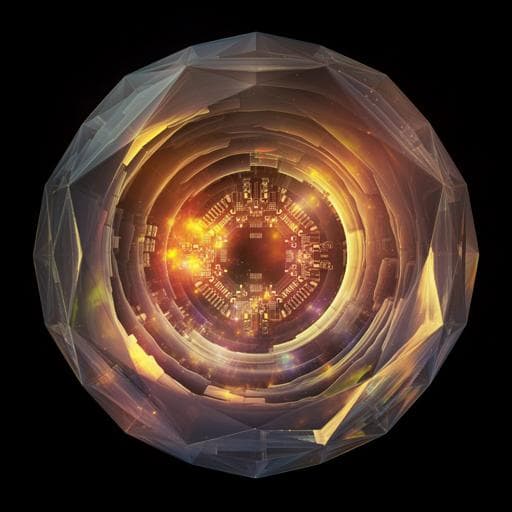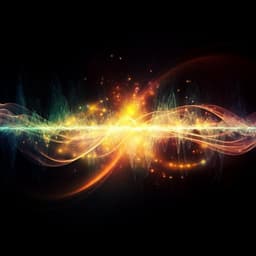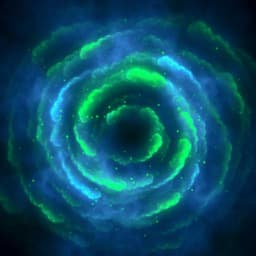
Physics
Bose-Einstein condensation of light in a semiconductor quantum well microcavity
R. C. Schofield, M. Fu, et al.
Dive into the groundbreaking discovery of Bose-Einstein condensation of photons in inorganic semiconductor microcavities, a major leap differentiating it from laser action. This research, conducted by Ross C. Schofield and colleagues, reveals the potential of these microcavities in enabling continuous operation and exploring the fascinating realm of superfluid light.
~3 min • Beginner • English
Related Publications
Explore these studies to deepen your understanding of the subject.







